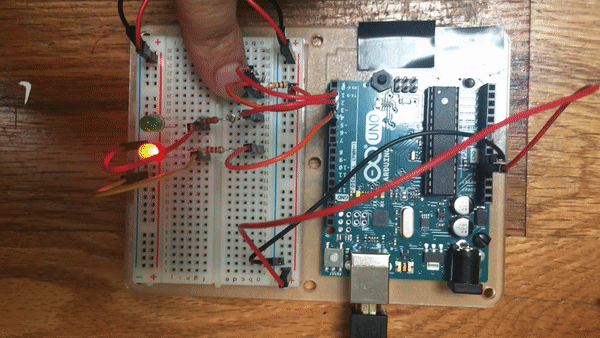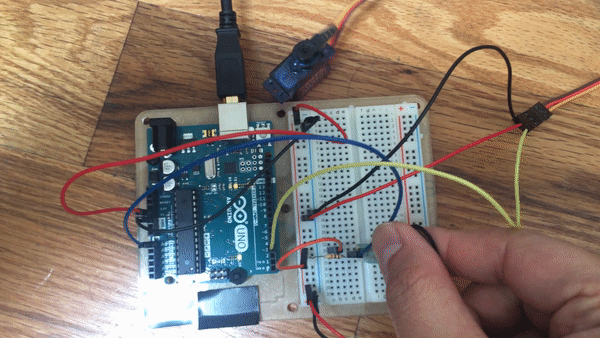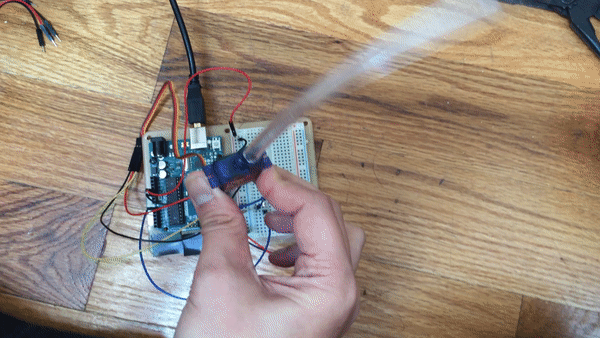Observation on every day interactive technology
THE GANTRY


Recently, I made an observation on a gantry that I frequently use in the compounds of school. I had my setbacks with this design prior to my observation. The first time I used it, I had no idea where to properly place my ID card just to get the gantry gate to open. There was a sign, that is great! It contained visible cues to the operation, I tapped, but it did not open. And for that brief 5 seconds of stumbling with this sleek, modern looking design, I created a long queue behind me. I was anxious and my anxiety level hit me. I was affected by the fact that I could not operate the machine well and people are starting to judge me. After sliding my ID card all over the place, I finally manage to get the gantry gate open and life went back to normal after.
After this incident, I was really curious on how others operate on this machine. Was I the only one who stumbled on problems while using this? Was it easier for others to use it? Did people acknowledge the principles of the design when interacting with this piece? Or was there lack of visual cues? Questions started to churn in my mind as I began to observe.
I observed two groups of people. One which went through the gantry smoothly like a sail, while the other was stumbling across the interface where you need to place your ID card. It was an interesting observation, at least it was comforting for me to know that I am not alone stumbling badly with this machine. I also observed how affected these people were upon using the machines. I noticed that those who are in a state of rush, had troubles going through it smoothly. It does seem that the negative affect of people does make a simple task difficult as normal said it in his article emotion design.
I began to scrutinise further at a distance. In my mind, I had a checklist. There was a visible visual cue, it was green - a universal colour indication for people to move forward, there was also an arrow that points below a blank surface, an indication that once the card reader is placed possibly directly below the visual cue. However, people I observed placing their card below the visual cue did not manage to get the gantry to open, strange!.
I spoke to the security guard after observing for a while. Interestingly, he said, he had to put a sign on where to place the card on the machine. Many people had trouble finding the exact spot to get the gantry open. At that moment, I realise that the mapping for the machine was not a great success. The information available on the object was hard for the mind to process because the visual cues were misleading. The machine was not a complex design, the visibility was fantastic, it was modern, simple looking. The feedback from the machine came from the LED colours, green to go, red means stop. But the problem lies on the misleading clues for operation. The device could have been a breeze to use if the visibility to set the possible actions was simpler.
THE LAB

With this lab, I controlled the servomotor's position using the value returned from the analog sensor using the force resistor.

My second attempt, I did not use the force-sensing resistor. I wanted to try something else and used another resistor instead. I also placed a tube and a hand (replaced by the number 3) for this experiment. I could not get a smooth 180degrees movement from the servo, I am not sure what went wrong with this experiment. It could be sketch, below you may find my sketch for this experiment.

#include <Servo.h> Servo servoMotor; // creates an instance of the servo object to control a servo int servoPin = 3; // Control pin for servo motor void setup() { Serial.begin(9600); // initialize serial communications servoMotor.attach(servoPin); // attaches the servo on pin 2 to the servo object } void loop() { int analogValue = analogRead(A0); // read the analog input Serial.println(analogValue); // print it int servoAngle = map(analogValue, 0, 1023, 0, 180); // move the servo using the angle from the sensor: servoMotor.write(servoAngle); }
















